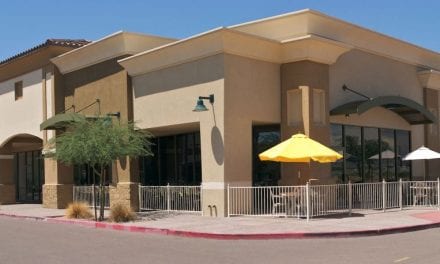By Jack Cumming
In a recent article, Senior Housing News’s Chuck Sudo explores “why co-op senior housing is ready for primetime.” Chuck’s focus is on developers, but the opportunity is even greater for established senior housing communities to convert. I was once a beneficiary of such a conversion as a tenant in an apartment on New York’s Upper West Side. The conversion mechanism is tricky, but it can give owners – nonprofit or for-profit – a pool of capital that can be leveraged for their benefit while also benefiting the residents they serve.
Why Not Condominiums?
With a condominium, a resident has a fee simple interest in a residential unit and a share – often represented by stock – in the common areas. The problem is that a condominium, because it is fee simple, can be tied up for years in the settlement of an estate. A vibrant senior living community needs a way to quickly turn residential units at death or transfer to maintain the vitality of the living experience.
With a co-op, a resident buys shares in the overarching corporation, which owns both the common areas and the residential units. The resident then is given a lifetime proprietary lease to occupy a particular unit. Come death or transfer, the lease terminates, and the unit can immediately be resold and reoccupied. The heirs retain the shares, which often can only be resold into the corporate treasury at a price set by recurring appraisals.
Conversion Challenges
The biggest barrier to a co-op conversion is the resistance of the existing residents to change. The solution to that is to allow all existing residents to continue their current relationship of tenancy unchanged. The shares allocated to their residential units continue to be owned by the sponsoring entity, the existing owner, for the lifetimes of those residents.
A second barrier is presented by the transition from sponsor-owner governance toward resident governance. My New York experience shows that the transition goes most smoothly if practical opt-in thresholds apply, and if the owner-sponsor serves on the board until the resident directors learn how to govern (as opposed to micro-managing). In New York in my time, there was a requirement that 35% of the tenants agree to buy their units as a precondition for conversion. The solicitation was made by prospectus and the converting residents were given favorable terms to incentivize the conversion.
Typically, the owner-sponsor continues on the board until residents own 50%+ of the shares, or for a minimum of two years. There is a managing agent, often also the owner-sponsor, who handles the actual running of the co-op, hiring staff, setting policy, etc. In the best of circumstances, the board merely has a support role as is customary for well-run corporations. The merits of that hands-off approach are something that residents on the first board often have to learn.
A third barrier is unique to nonprofit operators who have depended on tax-exempt debt. Co-ops are taxpaying entities. That means that conversion requires that at least the residential units be transferred into a taxpaying corporation in which the residents can own shares. A hybrid approach, with common areas remaining in a nonprofit, is possible as is the case with Beaumont Retirement in Bryn Mawr, PA. Because of the change in tax status, refinancing is required, which debt advisers like Ziegler, Cain Brothers, etc. can help with.
Conversion Benefits
Conversion not only gives nonprofit mission-oriented enterprises a chance to empower their residents, but it also allows them to raise capital in the retail real estate market that they can use to further their mission elsewhere. For for-profit operators, it provides a customer-friendly exit strategy that provides a profit boost (the excess of retail residential pricing over wholesale facility-level valuation), albeit at the cost of having to work through the transition period. Specialized staff, dedicated to the conversion process, can help with that transition.
The benefits for residents are clear. They go from being subordinated to ownership interests and decisions to empowered owners of their homes. Moreover, salespeople can affirm that prospects can retain homeownership when they sell the family home to move to a senior living community. Cooperative conversion can be a win-win for owners and their residents. It’s likely that the advisory firms will develop expertise in this effort if the Senior Housing News article is correct in foreseeing the developing marketplace.
Technicalities
Co-ops have special treatment in the federal tax laws that allow the residents to have the same tax benefits as they would have in a single-family house or condominium. 26 U.S. Code § 216 provides explicit authorization for the deduction of taxes, interest, and business depreciation by cooperative housing corporation tenant-stockholders.
While it’s not essential that states adopt co-op conversion statutes, New York state has such a statute, though it applies only in the city of New York. The New York law, New York Consolidated Laws, General Business Law – GBS § 352-eeee, has recently been revised. Past conversions have proven positively transformative for many neighborhoods in New York. The revision raises the percentage of tenants required to consent from 15% to 51%, effectively making future conversions in New York City unlikely.
It’s a matter of business judgment what threshold percentage of resident opt-in is needed to create the climate of responsibility essential for resident governance versus the threshold that would be so unattainable as to make conversion improbable, if not impossible. The 35% threshold that once applied in New York City seems reasonable.








